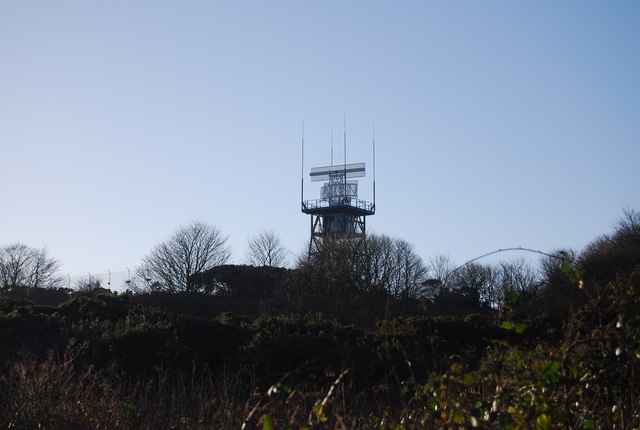Osier Carr
Wood, Forest in Norfolk North Norfolk
England
Osier Carr

Osier Carr, Norfolk, also known as Wood or Forest, is a picturesque village located in the county of Norfolk, England. Situated near the River Waveney, it offers stunning views of the surrounding countryside and is renowned for its natural beauty.
The village is characterized by its lush green landscapes and dense woodlands, providing a tranquil and idyllic setting for residents and visitors alike. Osier Carr is known for its rich history, with evidence of human habitation dating back to the Neolithic period. The area has been inhabited continuously since then, and remnants of ancient settlements can still be found in and around the village.
One of the main attractions in Osier Carr is its extensive network of walking trails, which allow visitors to explore the enchanting woodlands and discover the diverse flora and fauna that call the area home. The woods are particularly renowned for their vibrant displays of bluebells during the spring months, attracting nature enthusiasts and photographers from far and wide.
In addition to its natural beauty, Osier Carr also boasts a close-knit community, with a range of amenities and facilities available to residents. The village has a charming local pub, where visitors can enjoy traditional English food and drink, as well as a village hall that hosts various community events throughout the year.
Overall, Osier Carr, Norfolk, is a hidden gem for those seeking a peaceful retreat amidst nature. With its ancient history, stunning woodlands, and welcoming community, it offers a unique and unforgettable experience for all who visit.
If you have any feedback on the listing, please let us know in the comments section below.
Osier Carr Images
Images are sourced within 2km of 52.902022/1.3719788 or Grid Reference TG2639. Thanks to Geograph Open Source API. All images are credited.




Osier Carr is located at Grid Ref: TG2639 (Lat: 52.902022, Lng: 1.3719788)
Administrative County: Norfolk
District: North Norfolk
Police Authority: Norfolk
What 3 Words
///remover.tiger.makeup. Near Overstrand, Norfolk
Nearby Locations
Related Wikis
Sidestrand and Trimingham Cliffs
Sidestrand and Trimingham Cliffs is a 133.9-hectare (331-acre) biological and geological Site of Special Scientific Interest south-east of Cromer in Norfolk...
Trimingham railway station
Trimingham railway station was a station in Trimingham, Norfolk on the Norfolk and Suffolk Joint Railway line between Cromer Beach and North Walsham. It...
Sidestrand
Sidestrand is a village and a civil parish on the coast of the English county of Norfolk. The village is 23.7 mi (38.1 km) north of Norwich, 3.3 mi (5...
Trimingham
Trimingham is a coastal village and a civil parish in the North Norfolk district of Norfolk, England. The village is 5 miles (8 km) north of North Walsham...
Nearby Amenities
Located within 500m of 52.902022,1.3719788Have you been to Osier Carr?
Leave your review of Osier Carr below (or comments, questions and feedback).














